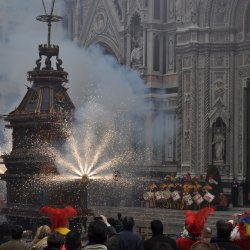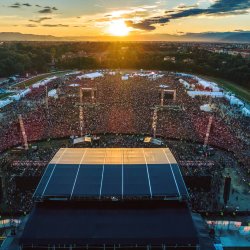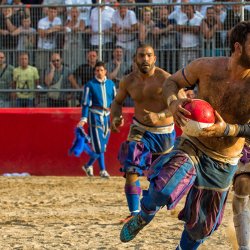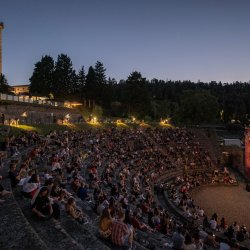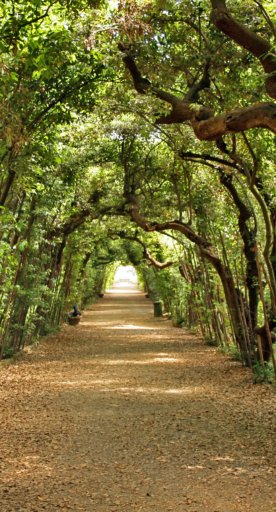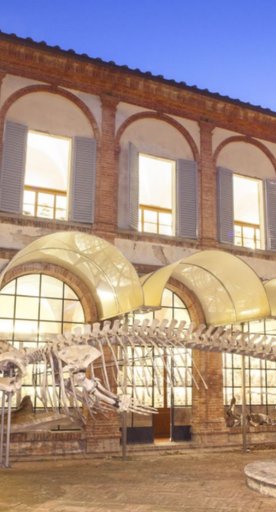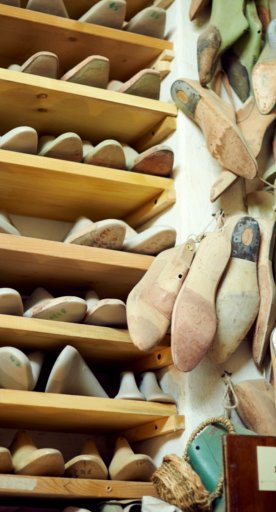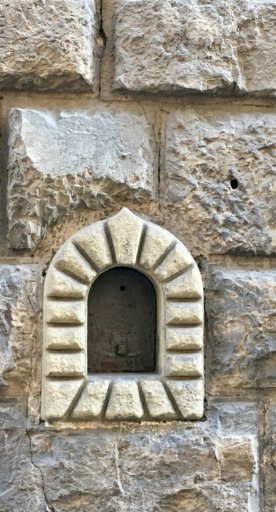
The places of Cosimo I De' Medici in Tuscany
An itinerary to discover the artistic and historical legacy of this great personality
Cosimo I De' Medici, Duke of Florence and first Grand Duke of Tuscany, was a passionate patron who used art as a symbol of prestige and enlightened government.
With his ambitious vision, he transformed Florence and the Grand Duchy, expanding its borders and fulfilling extraordinary projects: civil works, fortifications, land reclamation and international relations.
To follow in Cosimo's footsteps means embarking on a journey through some of Italy's most captivating cities, where power and art are intertwined, under the guidance of one of the greatest protagonists of the Renaissance.
-
1.Florence: the cradle of Cosimo I's Power
-
2.Pisa: the revival of the Maritime City
-
3.Cosmopoli: the unassailable fortress of Elba
-
4.The Medici Villas
Florence: the cradle of Cosimo I's Power
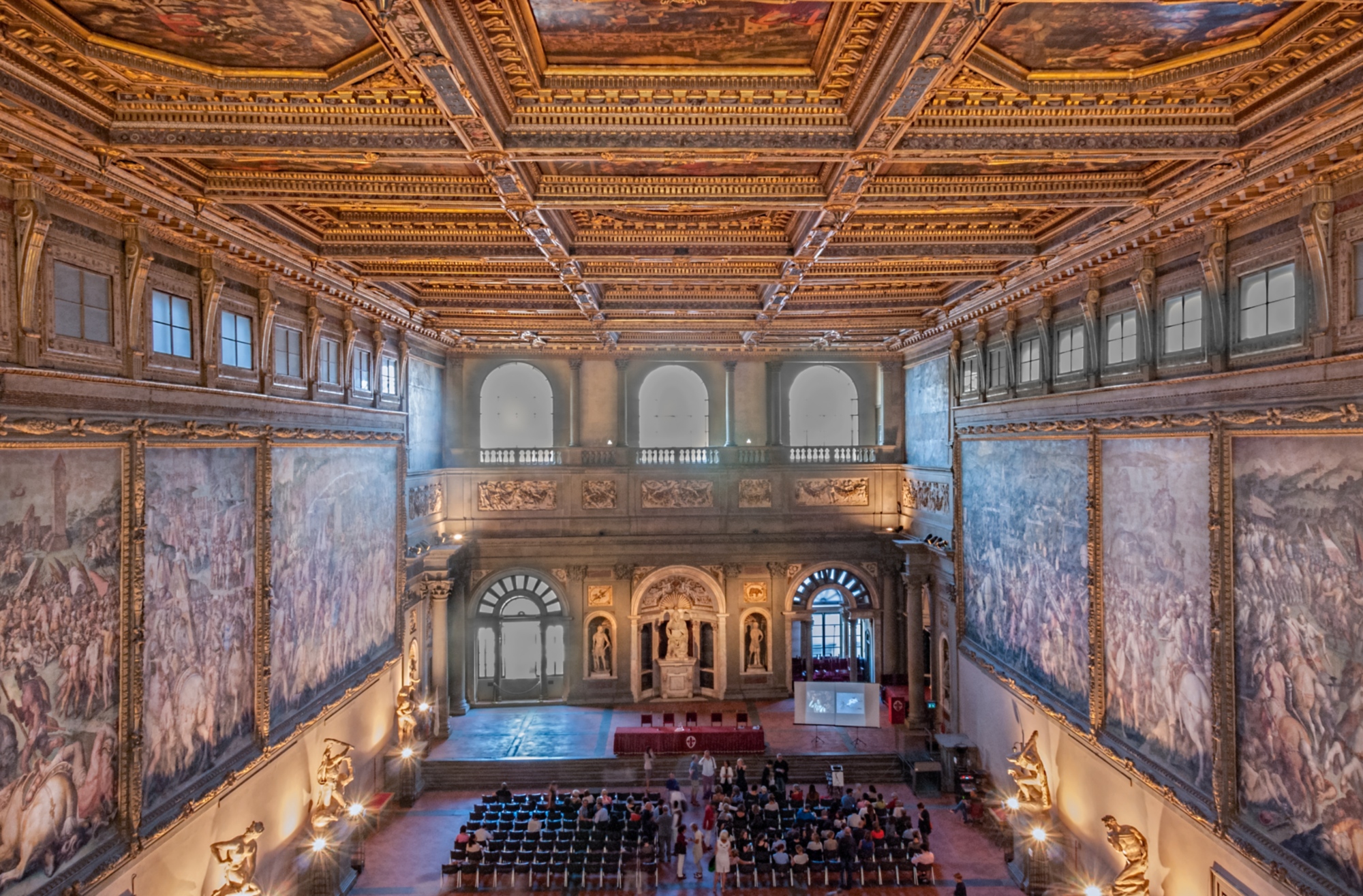
Florence is inextricably linked to the figure of Cosimo: the city not only became the center of his political power, but also a living workshop of his cultural and architectural ambitions.
Palazzo Medici Riccardi, commissioned by Cosimo the Elder to Michelozzo around 1444, was the first official Medici residence and a symbol of their rise to power.
When Cosimo became Grand Duke, he moved the seat of government to Palazzo Vecchio, transforming it into the Ducal Palace and adapting it to the needs of the new Tuscan state: also for this reason, the interiors were entrusted to Giorgio Vasari, who turned it into a sumptuous Renaissance palace.
In 1539, Cosimo and Eleanor of Toledo celebrated their marriage in the Basilica of San Lorenzo, one of the oldest churches in Florence: its construction dates back to the 4th century, but it was renovated in the Romanesque period and rebuilt again in the 15th century at the behest of Giovanni Bicci - progenitor of the de' Medici family - who entrusted the task to Filippo Brunelleschi.
Daughter of the viceroy of Naples, Don Pedro de Toledo, Eleanor was gifted with extraordinary organizational skills and played a key role in building the Medici court.
A visionary, just like her husband, she is credited with the purchase of the Boboli Gardens and then of Palazzo Pitti. Upon its purchase, in 1550, the Palace was modified: Ammannati created the inner courtyard and the Boboli Gardens, while, in 1565, Vasari added the famous Vasari Corridor, an elevated walkway connecting Palazzo Pitti to Palazzo Vecchio, passing over the bridge of Ponte Vecchio.
Lastly, you cannot talk about Florence without mentioning the Uffizi, commissioned by the Grand Duke to accommodate the city’s administrative offices.
Designed by Giorgio Vasari, one of the world's most famous museums, the Uffizi Gallery, is now located here. Here, among other works, there are portraits of Cosimo and his family, by artists like Bronzino.
Pisa: the revival of the Maritime City

Under Cosimo's rule, Pisa also experienced a period of profound transformation and revival.
The city, which had been a maritime power in medieval times, became strategically important to Cosimo, who understood its value as a port for the Grand Duchy.
Pisa thus became a bulwark against enemy incursions and a point of reference for trade.
It was Cosimo I who had the idea of building an arsenal - designed by Buontalenti - for the ships of the powerful Tuscan fleet.
Already in operation around 1540, the new Medici shipyard launched the first galley, built entirely by local workers, in 1546.
Among the notable buildings linked to Cosimo - in addition to Palazzo Mediceo - there is the Church of Santo Stefano dei Cavalieri, built by order of the Grand Duke and dedicated to the Ordine dei Cavalieri di Santo Stefano (Order of Saint Stephen) to safeguard the Christian faith from the danger of the Ottomans and pirates.
Construction was initiated by Vasari and was later entrusted to Giovanni De' Medici, Cosimo's stepson.
Under Cosimo's rule, Pisa also experienced a period of profound transformation and revival.
The city, which had been a maritime power in medieval times, became strategically important to Cosimo, who understood its value as a port for the Grand Duchy.
Pisa thus became a bulwark against enemy incursions and a point of reference for trade.
It was Cosimo I who had the idea of building an arsenal - designed by Buontalenti - for the ships of the powerful Tuscan fleet.
Already in operation around 1540, the new Medici shipyard launched the first galley, built entirely by local workers, in 1546.
Among the notable buildings linked to Cosimo - in addition to Palazzo Mediceo - there is the Church of Santo Stefano dei Cavalieri, built by order of the Grand Duke and dedicated to the Ordine dei Cavalieri di Santo Stefano (Order of Saint Stephen) to safeguard the Christian faith from the danger of the Ottomans and pirates.
Construction was initiated by Vasari and was later entrusted to Giovanni De' Medici, Cosimo's stepson.
Cosmopoli: the unassailable fortress of Elba

On the Island of Elba, Cosmopoli, now known as Portoferraio, was designed as an unassailable fortress with strong walls, towers and ramparts, with the aim of defending it from attacks by enemies and pirates. An imposing front that could be seen when arriving by sea, making even the dreaded Turkish pirate Dragut take a step back.
Its current appearance is, in fact, Cosimo’s merit. He began major fortification works in 1548 and commissioned the construction of a series of defensive structures, among which Fort Falcone and Fort Stella, as well as the Linguella Tower overlooking the harbor.
The Medici Villas
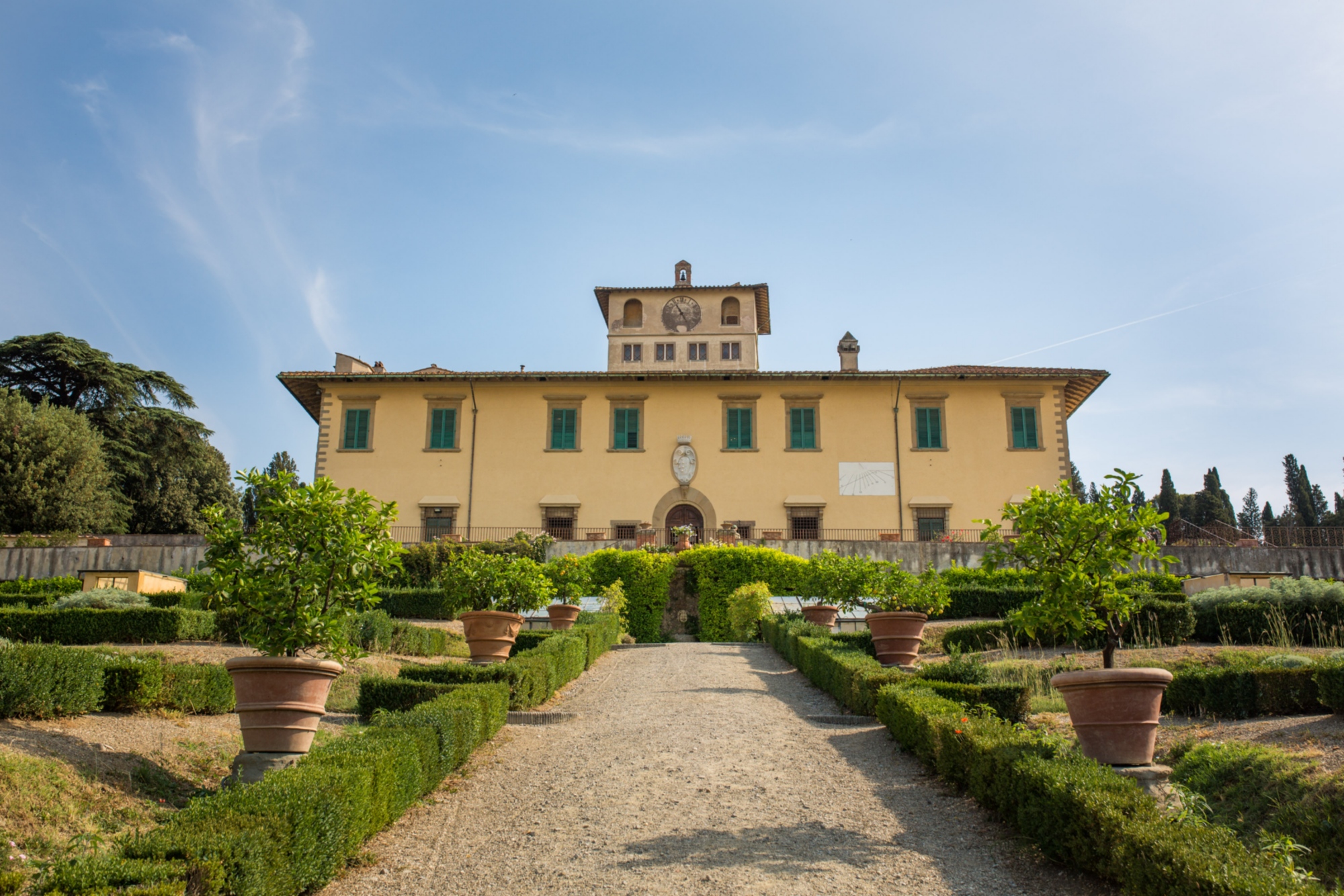
Cosimo did not just transform cities, but he also extended his vision to the Tuscan countryside: the stately and representative Medici Villas were not only places for resting, but also symbols of power and control over the territory.
Among these, the Villa di Castello stands out and was Cosimo I’s favorite. He had it renovated by Tribolo starting in 1537.
This beautiful Villa was declared a UNESCO World Heritage Site and the Accademia della Crusca has been located there since 1966.
The Villa di Careggi, already owned by the Medici family since 1477, was also expanded and enriched with works by artists like Vasari, Buontalenti and Tribolo.
Cosimo, who had it decorated by Pontormo and Bronzino, spent the last years of his life here, surrounded by the beauty of the gardens he had helped create.
The Medici Villa of Poggio a Caiano, an architectural masterpiece by Giuliano da Sangallo, built between about 1445 and 1520, was commissioned by Lorenzo de' Medici and also chosen by his heirs as their summer residence.
Lastly, the Medici Villa La Petraia, was given by Cosimo I to his son Cardinal Ferdinando in 1568, and he was responsible for its Buontalenti-style architectural refurbishment carried out by Davide Fortini. The splendid gardens and the Fiorenza Fountain, on which Giambologna also worked, are worthy of note.






